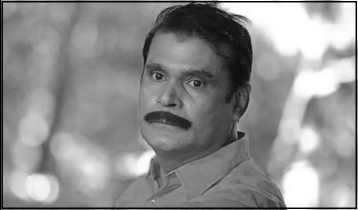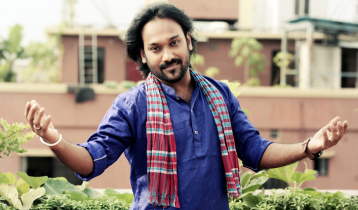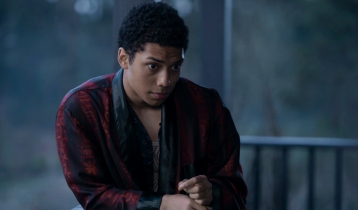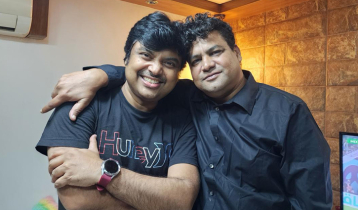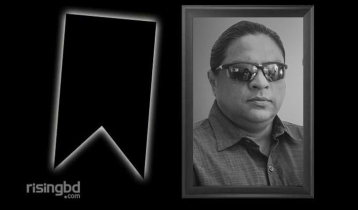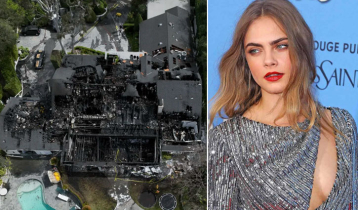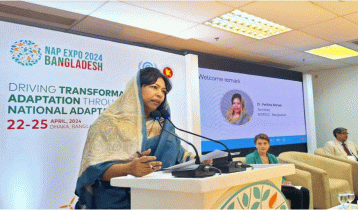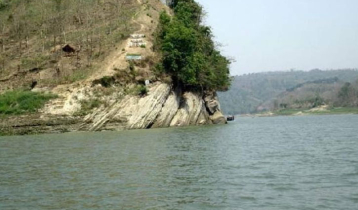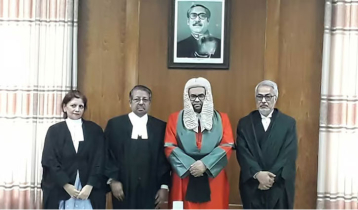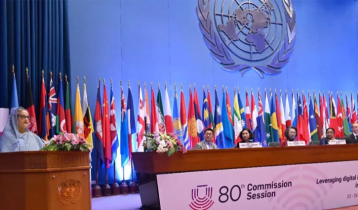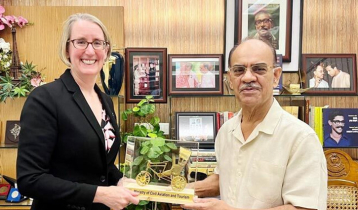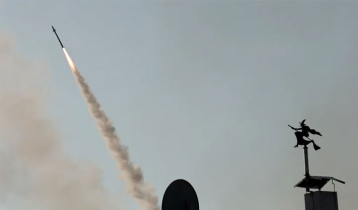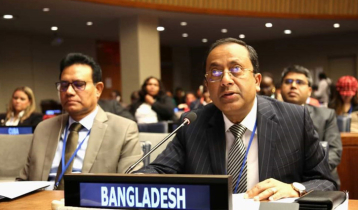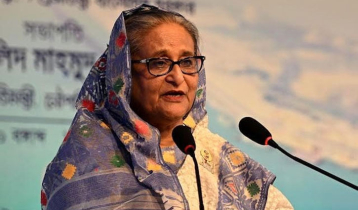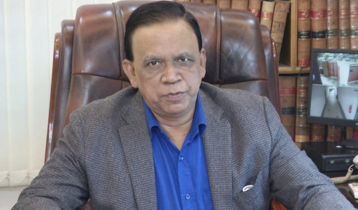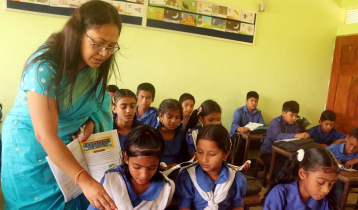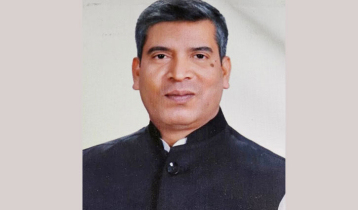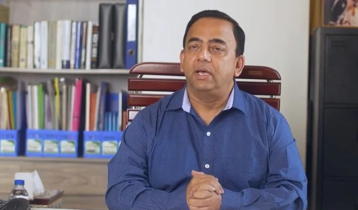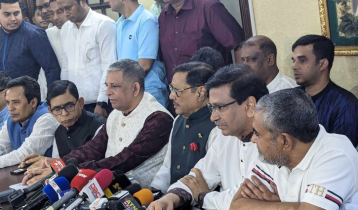Where it all begins
Asif Khan Ranan || risingbd.com
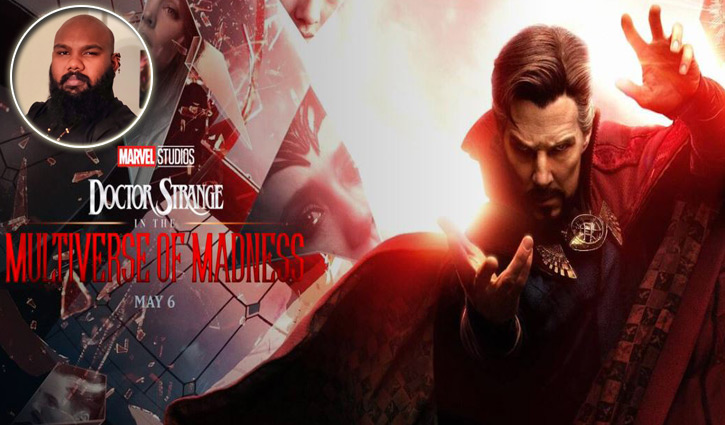
It all starts with an emotion, that wants to be heard, to be shown and to be shared by the creator. I am using the word creator to generalize the fact that, the creator can be anyone, a writer, director, or producer. The creator’s purpose is to connect through the emotion with like-minded others or even to seduce opposing minds to empathize with the emotion. The industrial name for the emotion would be “Theme.”
After the creator has decided on the theme or message, there are only two paths left from here and out, either to develop the plot, or character. This is where it is determined by the creator whether to make a movie or a film, before creating a story and turning it into a screenplay.
I would like to draw the line between a movie and a film before we move forward. Though both refer to motion picture, but they reside on separate sides of the same medium of expression, a series of pictures creating the illusion of motion when projected on a screen. A movie is designed by the creator to share his emotional journey, ending with a statement on the emotion which satisfies his audience. Whereas a film explores the emotion which eventually grows far beyond its creator’s artistic attempt, leaving the audience searching for their own conclusions.
Coming back to our two paths of developing the plot or character. Usually, the plot is developed before the characters when the creator has already experienced the journey and decides to make a movie to cater to the audience. Once the creator is satisfied with the plot, characters are developed accordingly, where they are influenced by the plot and drive the story to the creator’s designated climax.
On the other hand, characters are developed first when the creator decides on making a film to invite the audience to embark on the journey together. Once characters are developed, the creator decides on the plot and drops them in the world of his emotions where the characters behave according to their own will, driving the story to the unknown.
After developing the plot and characters, the creator ties the characters and the plot into a logline, one sentence where a flawed hero with an external plot goal is opposed by a flawed nemesis. The logline is all about identifying the hero, the nemesis and what the battle is about at the climax of the story.
And then the creator tests the logline with a story plot question, will or won’t the hero triumph over the nemesis and achieve the external goal. The story plot question is a great way to test any logline to determine whether the logline works or not.
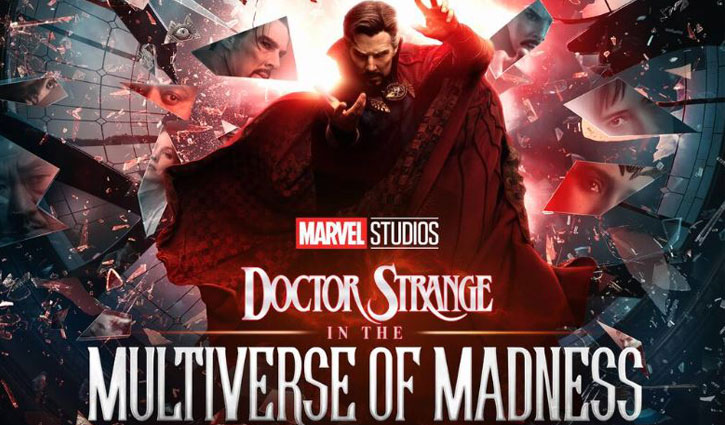
As an example, the logline for MCU’s movie Doctor Strange in the Multiverse of Madness would be, “An infamous egocentric sorcerer must stop a grieving murderous witch from retrieving the evil book called Darkhold and destroying the balance of the multiverses.” If we take this logline and test it, the story plot question would be, “Will or won’t an infamous egocentric sorcerer be able to stop a grieving murderous witch from retrieving the evil book called Darkhold and destroying the balance of the multiverses?” As we can see in this logline, Dr. Stephen Strange is the flawed hero who must stop Wanda Maximoff, the flawed villain at the climax from destroying the multiverse and the entire act two will be about Wanda trying to retrieve the Darkhold and Dr. Strange trying to stop her. The story plot question does testify that the logline gives us enough information to understand what the plot is about, without spoiling the movie. So, our logline works.
After the logline is set, the creator starts working on the outline of the script. The outline is created following a three-act structure though there are a lot of European and Asian films which only have one act on exploring the protagonist’s emotions. The three-act structure has been divided into stages or turning points by gurus like Syd Field, Michael Hauge, Robert McKee, Linda Serger, John Truby, Christopher Vogler and Joseph Campbell. There’s an Urban legend about Joseph Campbell’s Hero’s Journey saving the structure of Star Wars Episode 4 – A New Hope. If we compare, all their seven story paradigms follow the same three-act structure even though they have different names for each stage. From all these gurus, I have always tended to follow Michael Hague’s “Six-Stage Plot Structure.”
According to the three-act structure, a story starts with a flawed hero’s ordinary world getting disrupted by the flawed nemesis where the hero is offered a new opportunity or experiences an inciting incident in act one.
At the beginning of act two the hero decides to change his plans to face the nemesis, acting upon the new opportunity or inciting incident. Then in the middle of act two, the hero arrives at the point of no return, where he comes to the realization that there’s no going back or decides on continuing his journey towards his goal. At the end of act two, hero faces a major setback or defeat by the nemesis, where the hero feels that all hope is lost. This is where usually hero faces a big loss as an example in superhero or romantic movies, they lose someone dear to them. Then the hero decides to go for the final push, where the hero arcs and overcomes their internal struggle or flaw with the help of the mentor.
Act three begins with the hero confronting the nemesis and both join in an epic battle of wits. Depending on the act two, how well our hero’s character has arced determines the result of the climax and then the aftermath where we find our hero back to his ordinary world with a newfound perspective.
Amazingly enough, any medium of storytelling can be explained through this format, even Quentin Tarantino’s cult classic, Pulp Fiction. Tarantino, being the brilliant storyteller that he is broke the format by simply writing it backwards. The film has all the three acts with all the six stages but assembled in a different way.
The writer is Producer & Screenplay Writer, Los Angeles, CA, USA.
Dhaka/AI

